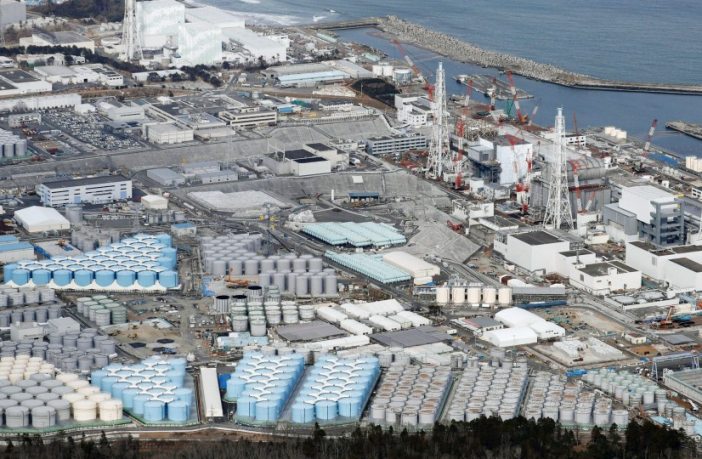- The Japanese government announce this morning that it will start releasing more than 1 million tonnes of contaminated water from the destroyed Fukushima nuclear plant into the sea in about two years from now.
- The delayed release will give plant operator Tokyo Electric Power (TEPCO) time to begin filtering the water to remove harmful isotopes, build infrastructure and acquire regulatory approval.
- China has called the move “extremely irresponsible” while South Korea has summoned Tokyo’s ambassador in Seoul to protest.
Japan has argued the water release is necessary to press ahead with the complex decommissioning of the plant after it was crippled by a 2011 earthquake and tsunami. It says similarly filtered water is routinely released from nuclear plants around the world.
Nearly 1.3 million tonnes of contaminated water, or enough to fill about 500 Olympic-sized swimming pools, is stored in huge tanks at the plant at an annual cost of around USD 912.66 million.
“Releasing the treated water is an unavoidable task to decommission the nuclear power plant and reconstruct the Fukushima area,” said Japanese Prime Minister, Yoshihide Suga. He added that the process will take decades to complete.
The decision comes about three months ahead of the postponed Tokyo Olympic Games, with some events to be held as close as 60 km (35 miles) from the wrecked plant. Former Japanese Minister Shinzo Abe in 2013 assured the International Olympics Committee in pitching for the games that Fukushima “will never do any damage to Tokyo.”
TEPCO plans to filter the contaminated water to remove isotopes, leaving only tritium, a radioactive isotope of hydrogen hard to separate from water. TEPCO will then dilute the water until tritium levels fall below regulatory limits, before pumping it into the ocean.
Tritium is considered to be relatively harmless because it does not emit enough energy to penetrate human skin. Other nuclear plants around the world routinely pump water with low levels of the isotope into the ocean.
Author: Bryan Groenendaal











